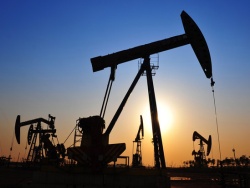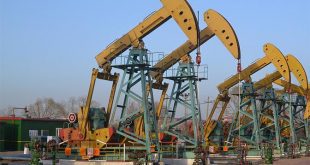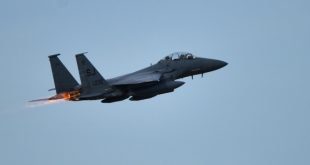The Ministry of energy developed and submitted in December for interagency coordination of the General development scheme of the oil industry of Russia until 2035 (a copy is in “Vedomosti”). A source in the Ministry confirmed the authenticity of the document. The General scheme should replace the existing master plan up to 2020 (adopted in 2011). The basis for the analysis of selected 2014, the price of Urals crude at $80 per barrel by 2020 and $97.5 per barrel by 2030
Already producing fields can provide up to 2035 less than half of the production, the rest must be obtained at the expense of growth of proved reserves due to geological exploration work, according to the General scheme. It examines four scenarios: a moderately favourable (favourable pricing environment, the lifting of sanctions by 2016 at the latest, optimization of tax burden, etc.), basic minimum (low oil prices and the continuation of the sanctions) and “company plans” (takes into account extraction on current and forthcoming until 2022 fields). None of them involves the growth of oil production (without gas condensate) compared to 2015.
Short term growth is only up to 2020 – Ministry of energy expects only in the first and last scenarios (see table on page 13). But in 20 years Russia expects decline of oil production from 1.2% in the best case and 46% in the worst.
Slightly increased production of only small companies Slavneft and RussNeft, as the leaders of the market due to the depletion of existing fields and unfavorable tax conditions, it will fall on 39-61%.
Representatives of oil companies had not responded to the requests of “Vedomosti”. The oilers are not interested to show significant production growth, says the analyst of “Sberbank CIB” Valery Nesterov: “it’s Always better to show less, to be able to lobby for their interests, including fiscal”.
But the extraction of gas condensate will grow to 2035 in three scenarios – from 37% (to 33.6 mln t) to 74% (42.6 million tonnes).
Up to 2035 external demand for Russian oil will generally exceed its exports, it is said in the General scheme. But there will be high competition for the consumer, Nesterov added. Opportunities to increase exports of the OPEC countries, now entering the market of the USA.
The current customs tariff system, the demand for Russian oil in Europe up to 2020 will be reduced, but to grow the supply of Russian fuel oil and diesel fuel, and then (with the introduction of a 100% duty on oil in 2017) the supply will grow again and by 2035 could increase by 10-14% relative to 2014 to 160-165 million tons per year, according to the General scheme. The Asia-Pacific region, mainly China, will increase the import of Russian oil by 2035 1.8–2.2 times up to 90-110 million tonnes relative to 2014, but the demand for Russian oil products will remain at the current level of 9-10 million tonnes.
Refining to the Ministry of energy has prepared two scenarios – maximum and balanced. The latter stems from the desirability of reducing the recycling of the domestic demand, deterrence of inefficient export and does not involve the construction of new refineries. But he envisions by 2035 a significant surplus of diesel fuel (54,8 million tons) and minimum – gasoline (5.9 million tonnes). Maximum provides a surplus of gasoline and diesel fuel at 28.5 million and of 105.6 million tonnes, respectively.
Modernization of Russian refineries was for the diesel scenario is the growth of output of light oil products was planned at the expense of diesel fuel, not gasoline, says senior analyst of “Aton” Alexander Kornilov. To massively export the excess diesel fuel will be hard because of the competition, he adds. Export niche for Russian diesel in the European market up to 2020 will amount to 35-42 million tonnes And then she probably will decrease, as will increase the supply of American and middle Eastern producers, according to the General scheme. This can significantly reduce the price of fuel, which will affect the refining margin in Russia and Europe.
To counter declining oil production, the Ministry of energy proposes to grant private companies access to the shelf, to ease the tax regime, to legislate the status of small and medium independent companies and to support them. The Ministry also proposes to encourage the processing of sour and heavy oil, for example, by introducing preferential rates of excise taxes on the fuel produced from such oil.
An important item on the General scheme of Nesterov calls the support of Russian direct investments abroad in compliance with rules of priority investments in the Russian industry. “Now the funds that could be invested in Russia, often inefficiently spent abroad,” he said. The new master plan honestly written, he concluded, although I bet with some of its provisions. For example, the Ministry of energy proposes to abandon the Institute of the agreement on production sharing (PSA; except existing). But companies operating under production sharing agreements, fall under the sanctions and continue to work steadily, therefore the PSA is too early to give up, concludes Nesterov.
We need to provide a stress scenario, according to the review, the Deputy Minister of economic development Nikolay Podguzov (there is a “Sheets”) – $30-40 per barrel oil by 2020 a Representative of the Ministry of energy declined to comment, the Finance Ministry did not respond to a request “Vedomosti”.
Galina STARINSKY, Alina FADEEVA








